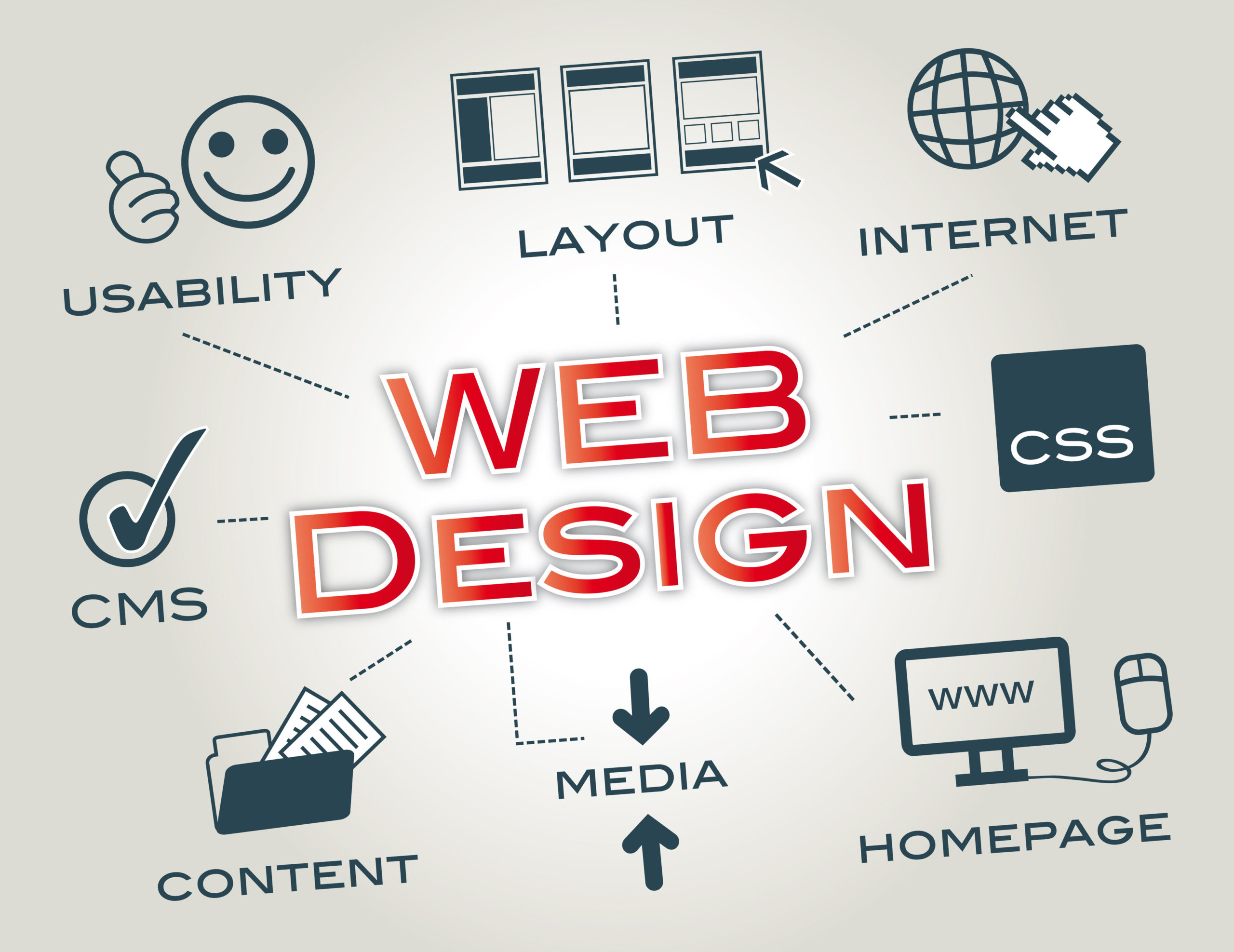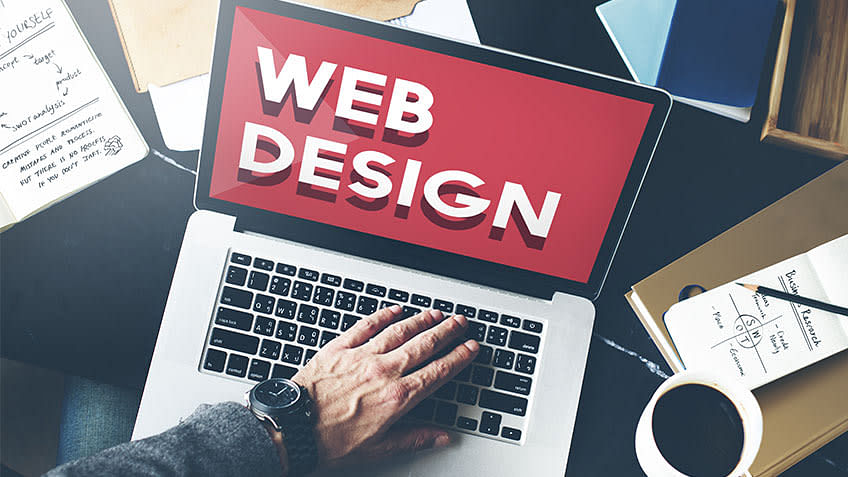Exactly How to Achieve a Balanced and Aesthetic Web Design That Fulfills the Diverse Demands of Individuals and Services Alike
Accomplishing a balanced and aesthetic internet style that properly satisfies the different needs of users and companies calls for a nuanced understanding of both design principles and user behavior. The challenge exists in making sure that these components function with each other cohesively while dealing with the one-of-a-kind requirements of diverse customer groups.
Comprehending Customer Requirements
As website design increasingly becomes a critical element of individual experience, recognizing user needs arises as a foundational action in creating efficient electronic settings. web design. A thorough understanding of user requirements is necessary for creating websites that not just draw in site visitors but additionally involve and maintain them. This understanding can be achieved through various techniques, consisting of customer research study, surveys, and usability testing, which offer insights into customer choices, habits, and pain points

Additionally, understanding individual requires reaches responsiveness and ease of access, making certain that all customers, no matter gadget or capacity, can browse the site effortlessly. By installing user-centric principles right into the design procedure, web developers can produce well balanced atmospheres that meet the varied needs of both users and services. Inevitably, focusing on customer understanding leads to much more significant interactions and improved general contentment with the digital experience.
Principles of Visual Design
A user-centered method naturally results in the consideration of aesthetic design principles, which play a pivotal function fit the general customer experience. web design. Reliable visual style balances components such as shade, typography, images, and format to develop a visually appealing user interface that reverberates with individuals
Color theory is basic, as it stimulates feelings and influences perception; thus, a thoughtful shade combination can improve brand identity while ensuring readability. Typography, on the various other hand, adds to the design's clarity and hierarchy, directing users via the content seamlessly. Selecting typefaces that line up with the brand's personality fosters acknowledgment and interaction.
Imagery is one more crucial component, offering context and aesthetic passion. High-quality images ought to be appropriate and sustain the general story while preventing clutter.
In addition, the design has to make sure a logical circulation of information. Using principles such as positioning, distance, and whitespace enhances company and promotes navigation.
Incorporating these aesthetic design principles not just draws in individuals however likewise promotes count on and credibility, ultimately causing a more fulfilling interaction. By harmonizing visual components, designers can develop an interesting and unforgettable experience that fulfills the diverse requirements of customers and businesses alike.
Value of Usability
Usability stands as a cornerstone of reliable internet design, straight affecting exactly how customers communicate with a website. When functionality is focused on, it enhances user satisfaction, resulting in boosted involvement and greater conversion prices.
Additionally, a concentrate on functionality fosters trust fund and reputation. Websites that are user-friendly and very easy to navigate are viewed as professional and reliable, encouraging users to return. Alternatively, bad functionality can lead to high bounce rates, as users rapidly desert websites that frustrate them.
In addition, usability is essential for satisfying diverse user demands. Inevitably, by focusing on functionality, internet developers create a more interesting, credible, and reliable on the internet experience that benefits both users and businesses alike.
Ease Of Access Specifications in Design
Incorporating access requirements in website design is necessary for producing a comprehensive on the internet environment. These requirements, mainly described by the Web Web Content Access Standards (WCAG), guarantee that all individuals, consisting of those with disabilities, can properly engage with digital web content. By adhering to these standards, developers can enhance usability across various platforms and gadgets.
Trick elements of access consist of giving different message for images, making sure sufficient shade comparison, and utilizing clear and regular navigating. Additionally, carrying out key-board navigability permits users that can not use a mouse to gain access to all performances. It is likewise essential to take into consideration making use of display visitors, which need well-structured HTML to communicate details precisely.
Additionally, sticking to accessibility criteria not only advantages customers with handicaps however likewise enhances the general individual experience. Eventually, integrating ease of access right into internet layout is a critical step towards accomplishing a balanced and aesthetic digital visibility that serves the requirements of all users.
Balancing Visuals and Capability
While striking a harmonious equilibrium between visuals and performance is important in internet design, accomplishing this equilibrium often presents a difficulty for developers. from this source A visually enticing web site can astound individuals, drawing them right into the material; nevertheless, if it lacks capability, the user experience can quickly weaken. On the other hand, highly useful sites might focus on usability yet risk appearing nasty or bland.

In addition, interactive elements need to complement the general layout, offering appealing experiences without overwhelming customers. Aspects like switches and forms must be clearly visible and simple to engage with, strengthening performance.
Inevitably, effective website design synthesizes visuals and capability, developing an engaging environment that meets the diverse demands of users and businesses alike (web design). By meticulously considering how each design selection influences both visual appeals read this article and functionality, designers can craft websites that reverberate with users while satisfying their designated goals
Conclusion
By recognizing individual demands and adhering to aesthetic style principles, designers can produce aesthetically appealing interfaces that keep performance. The emphasis on usability and adherence to availability requirements ensures that varied customer teams can engage seamlessly with electronic systems.